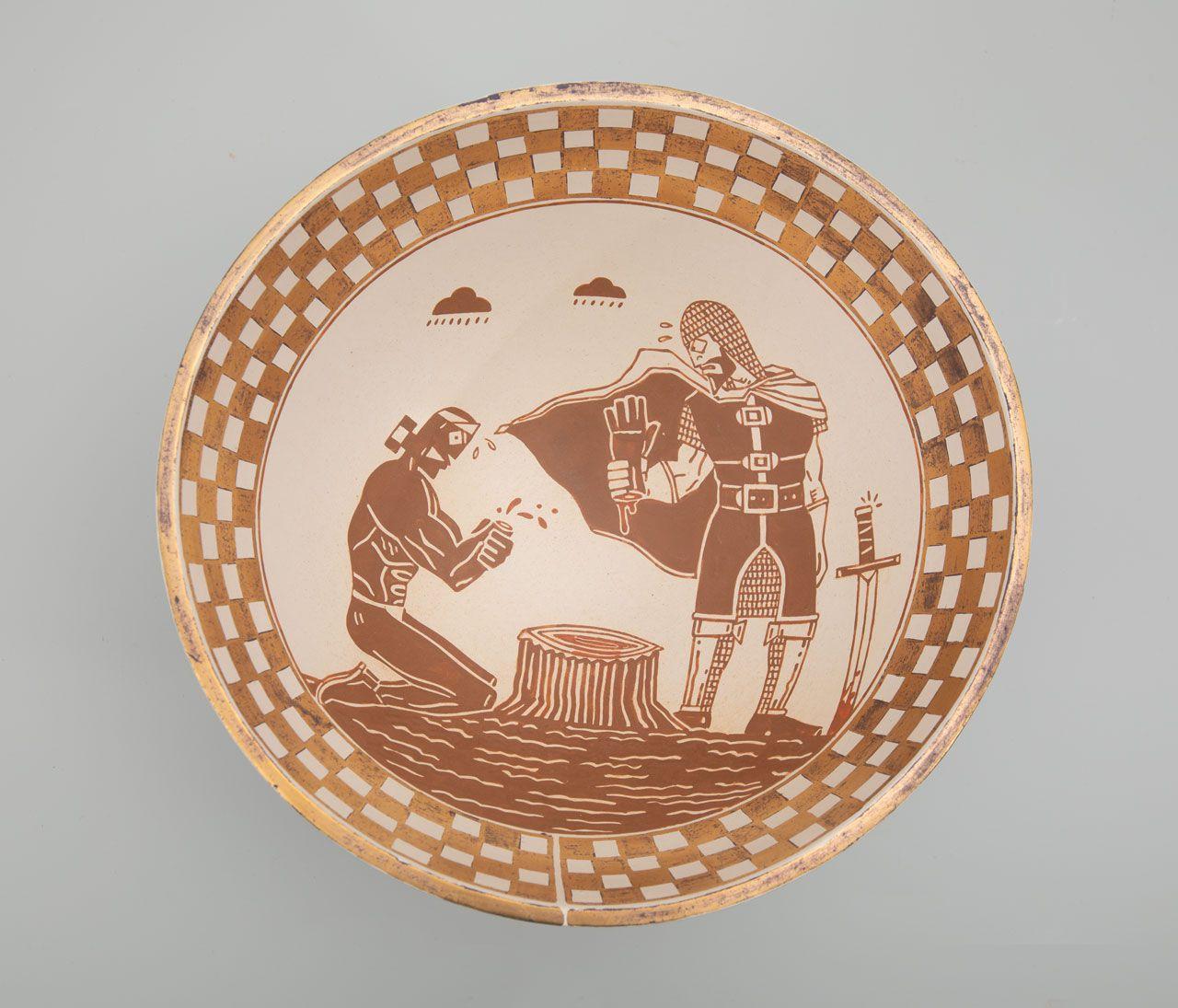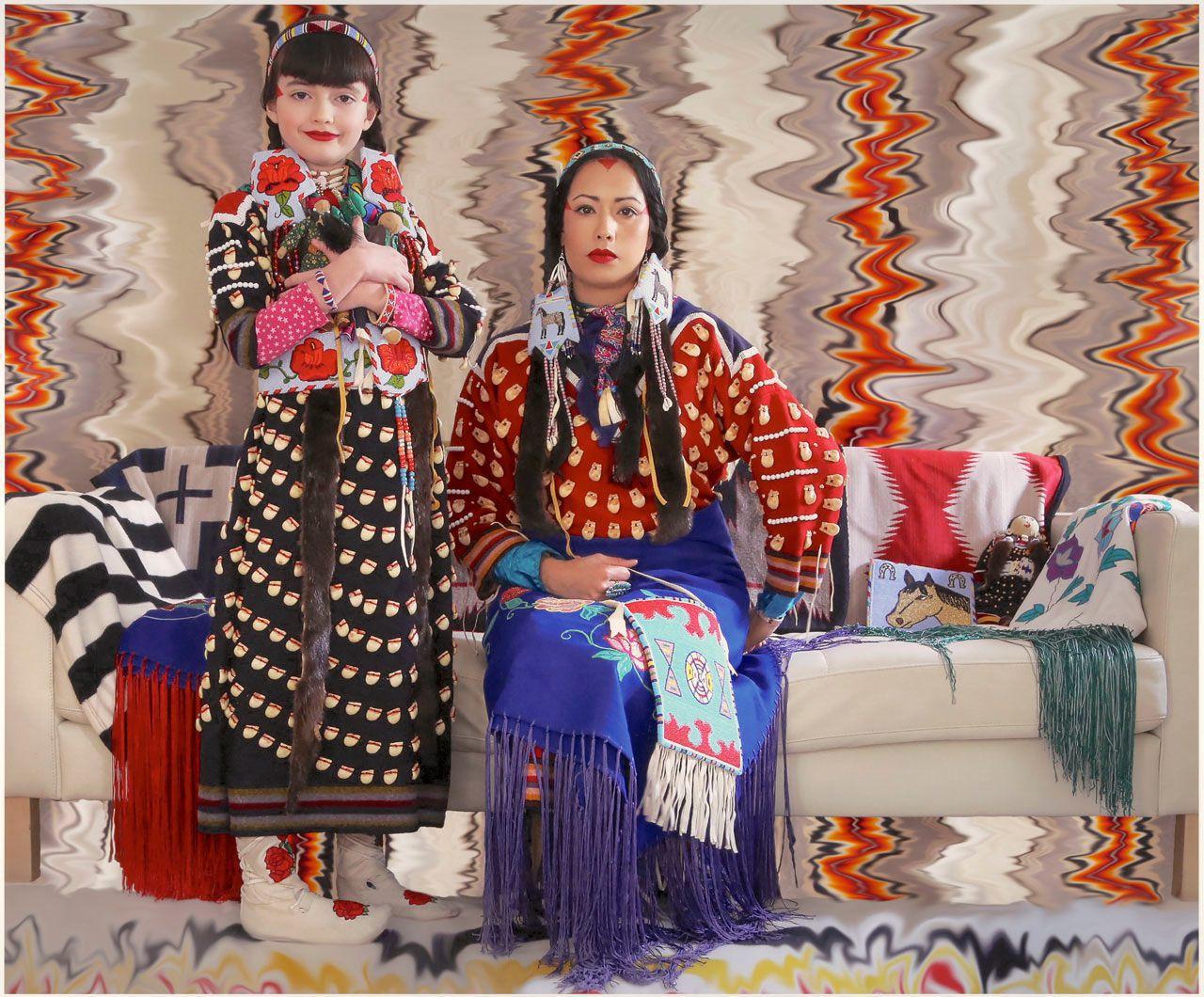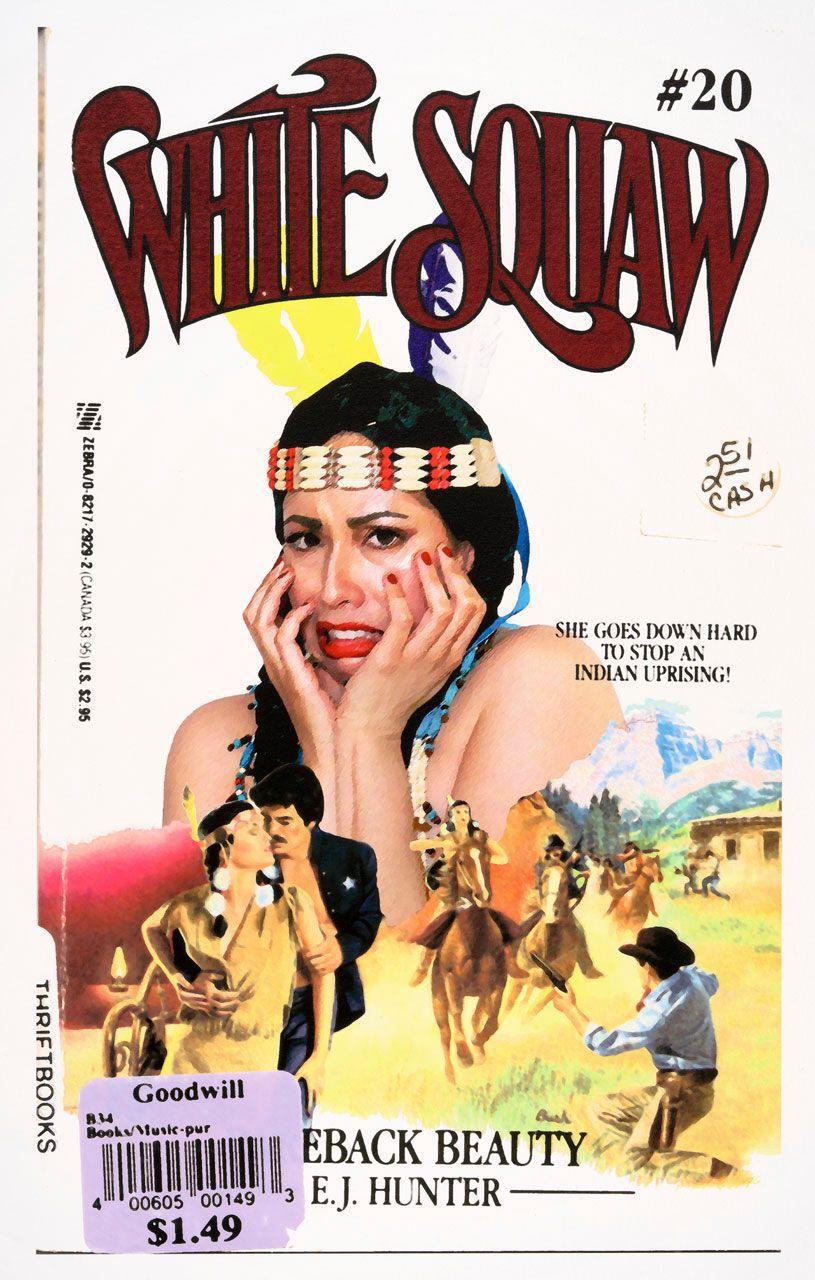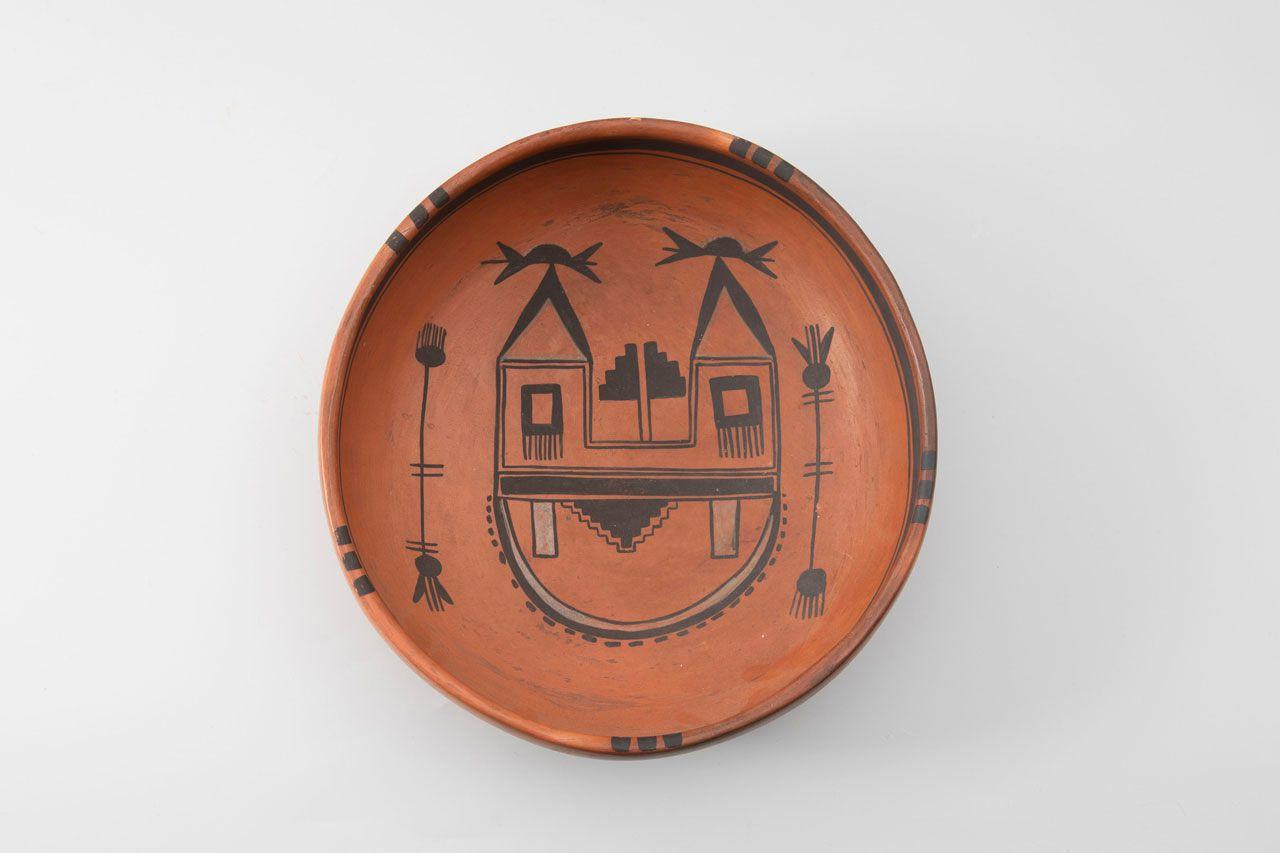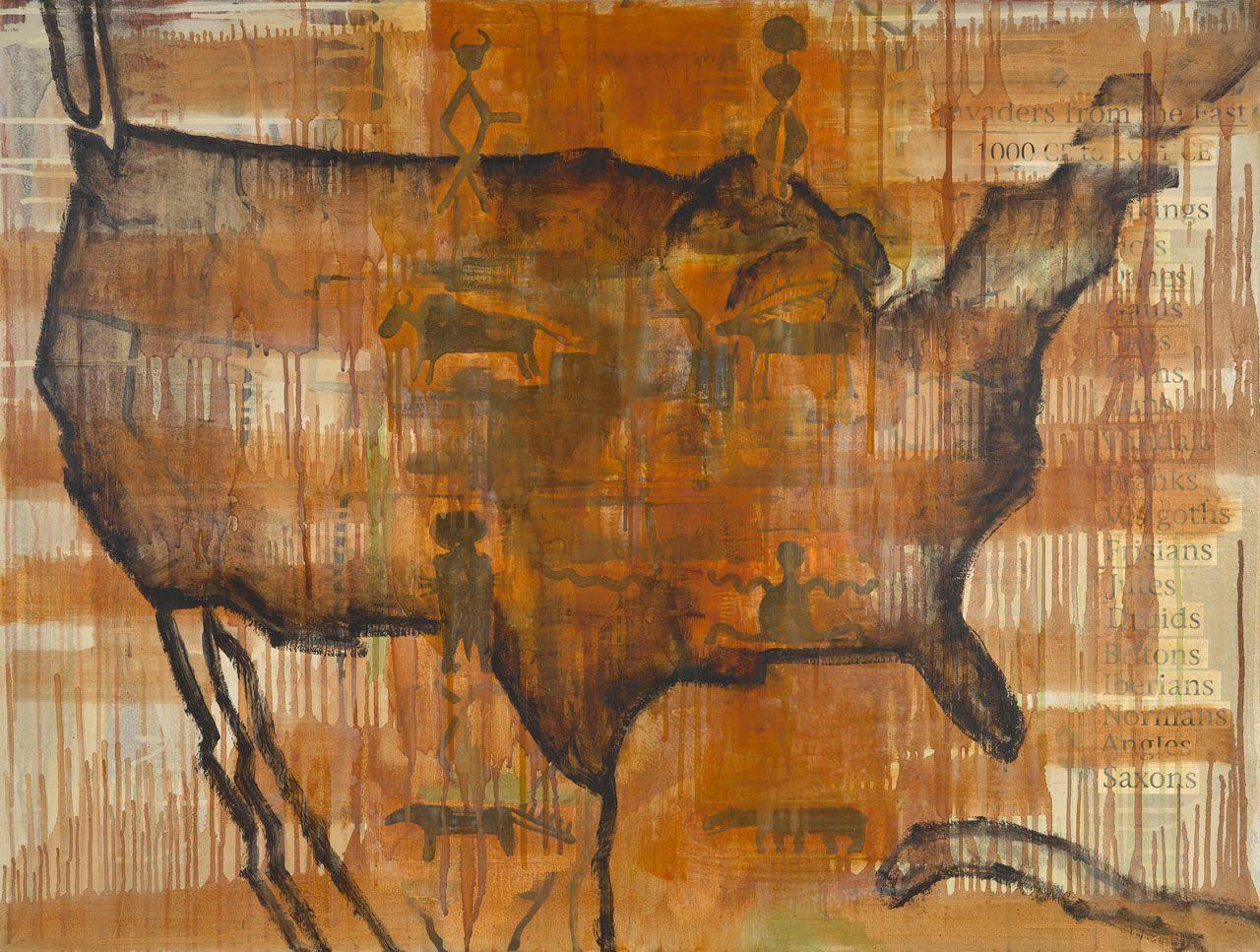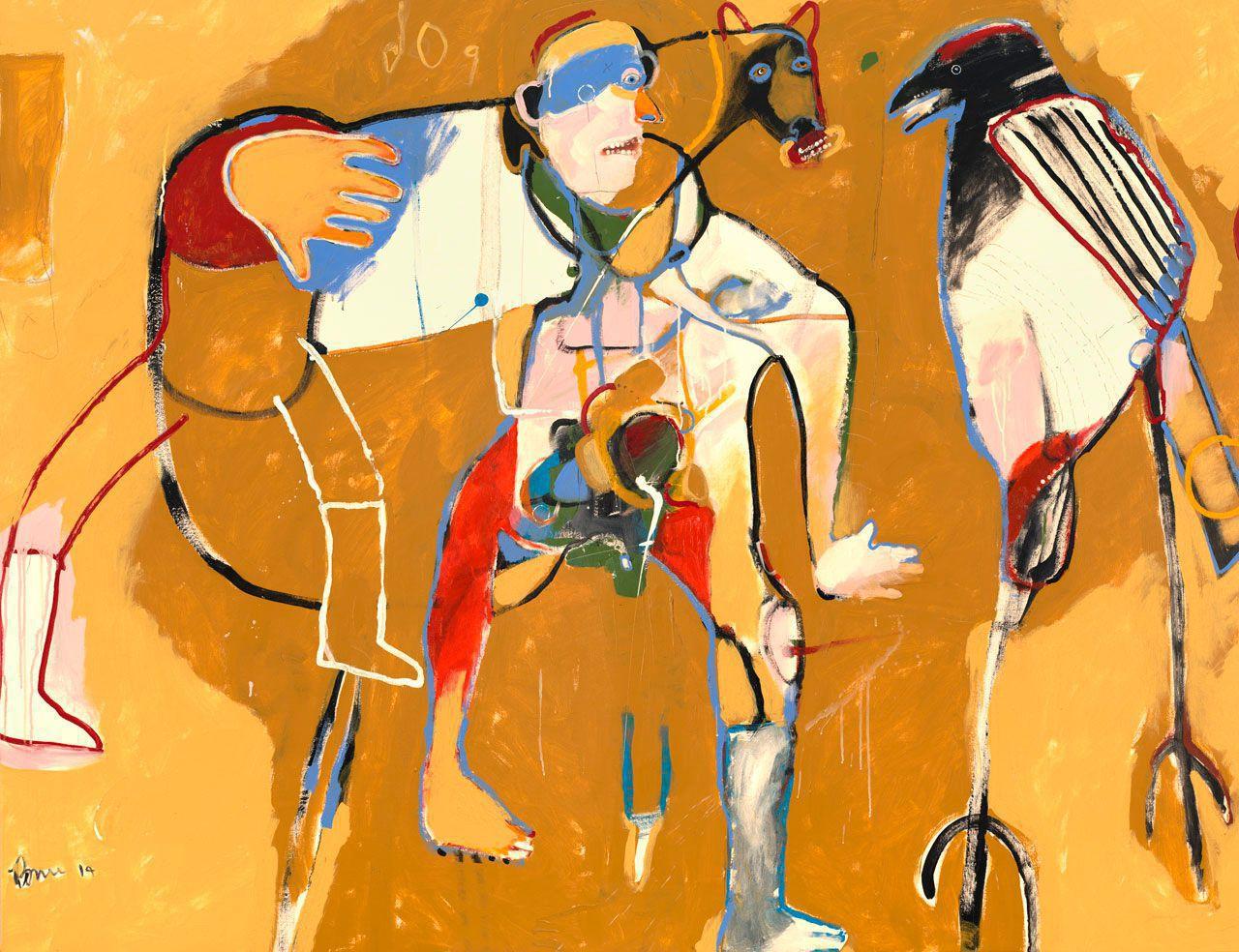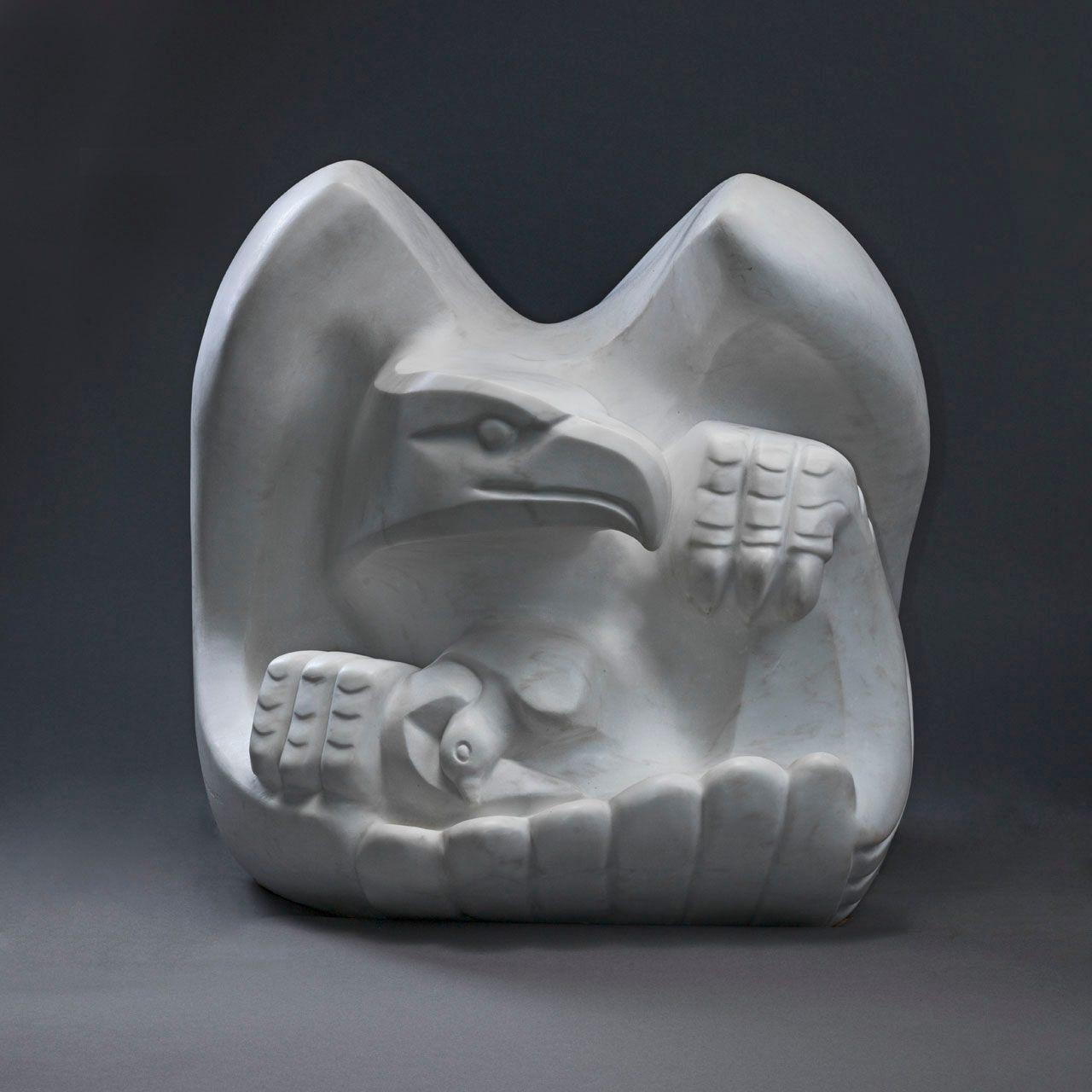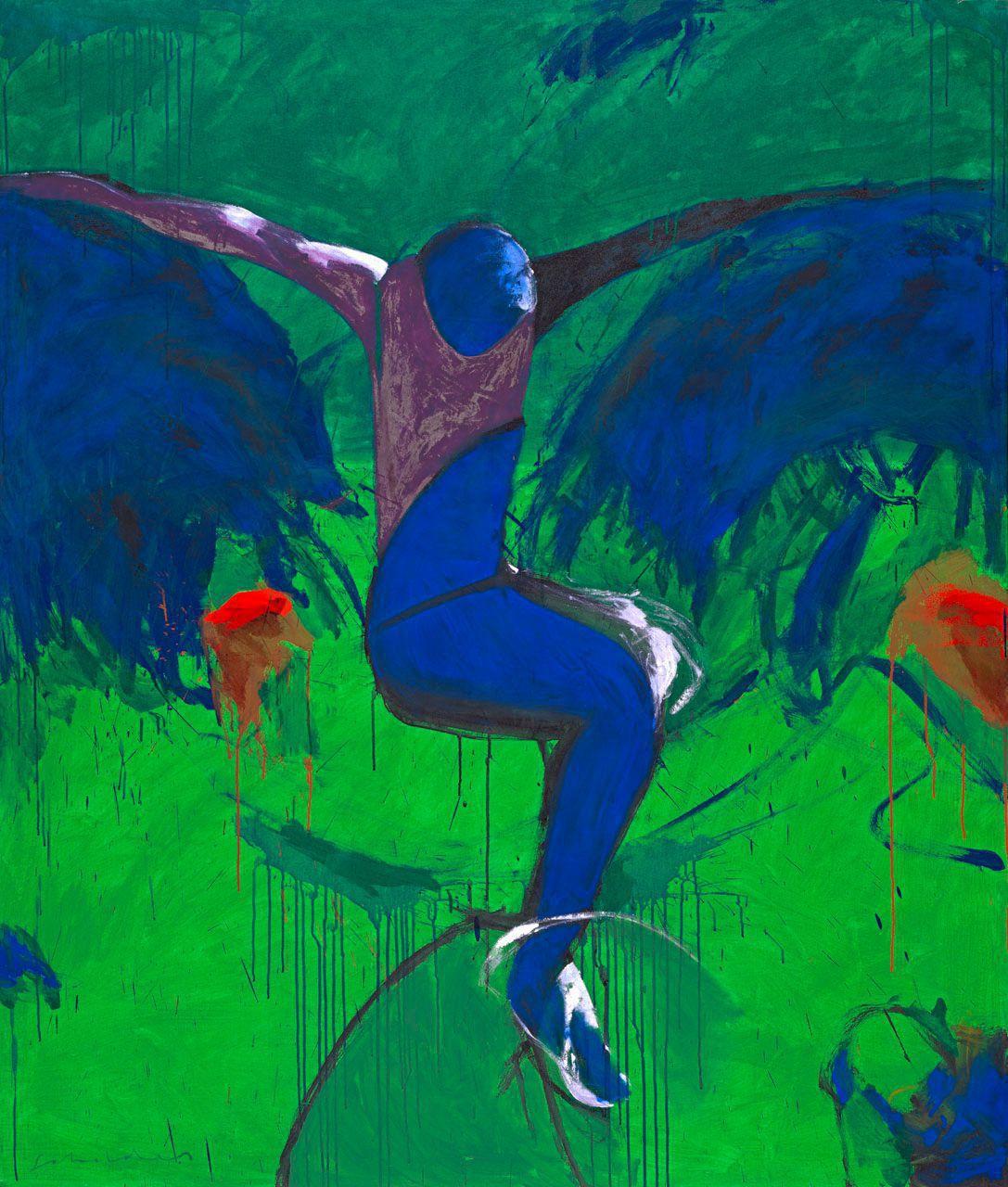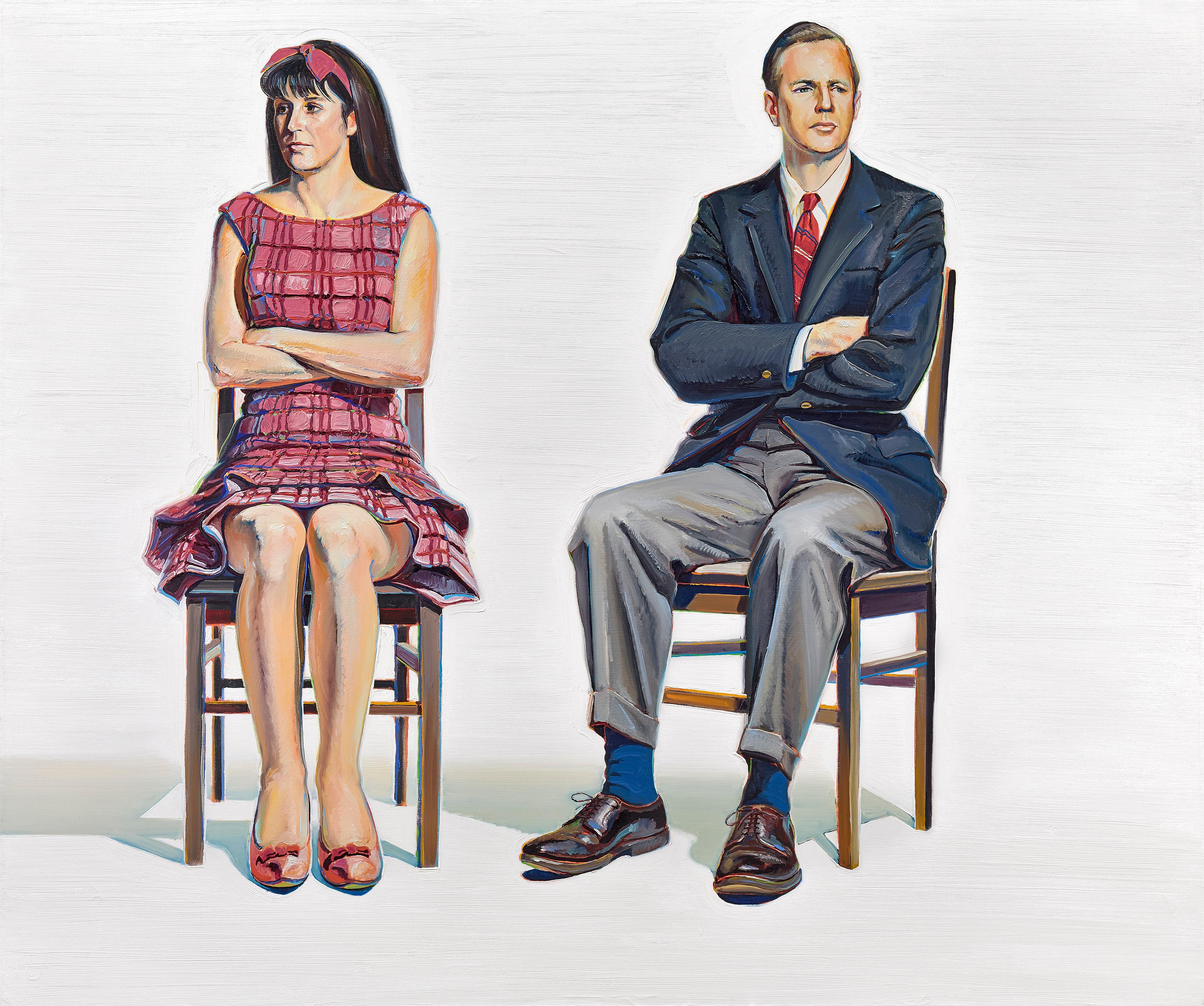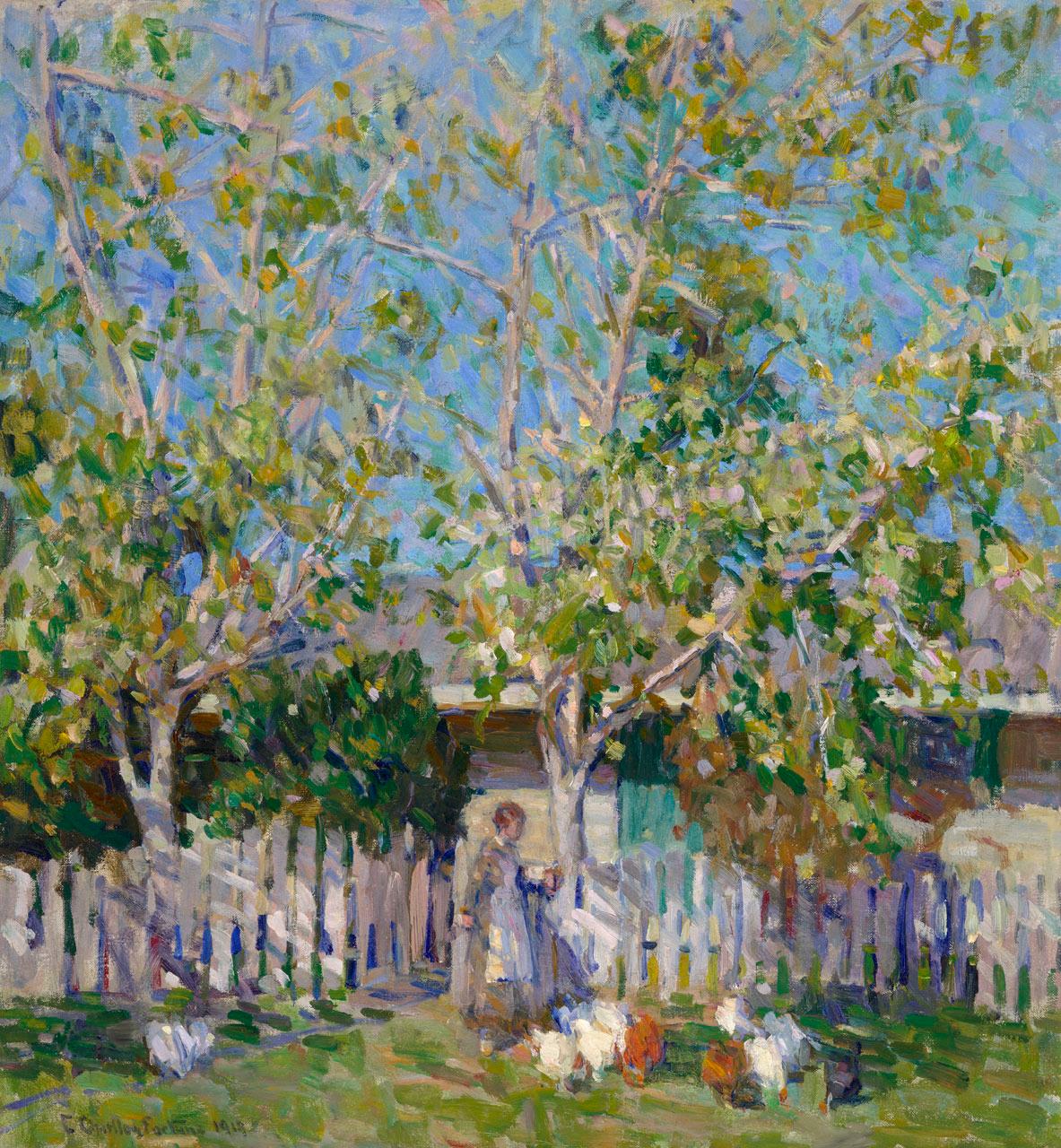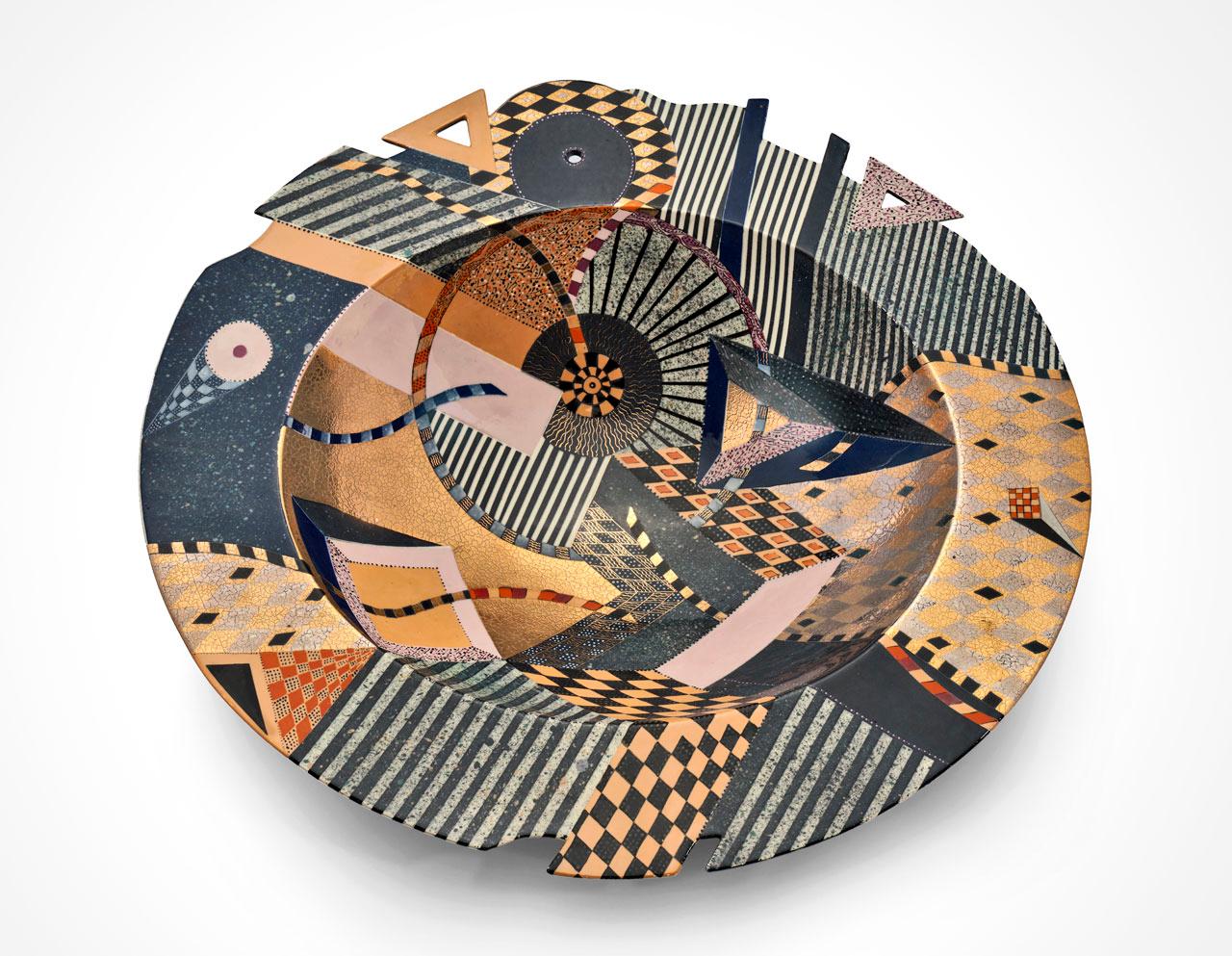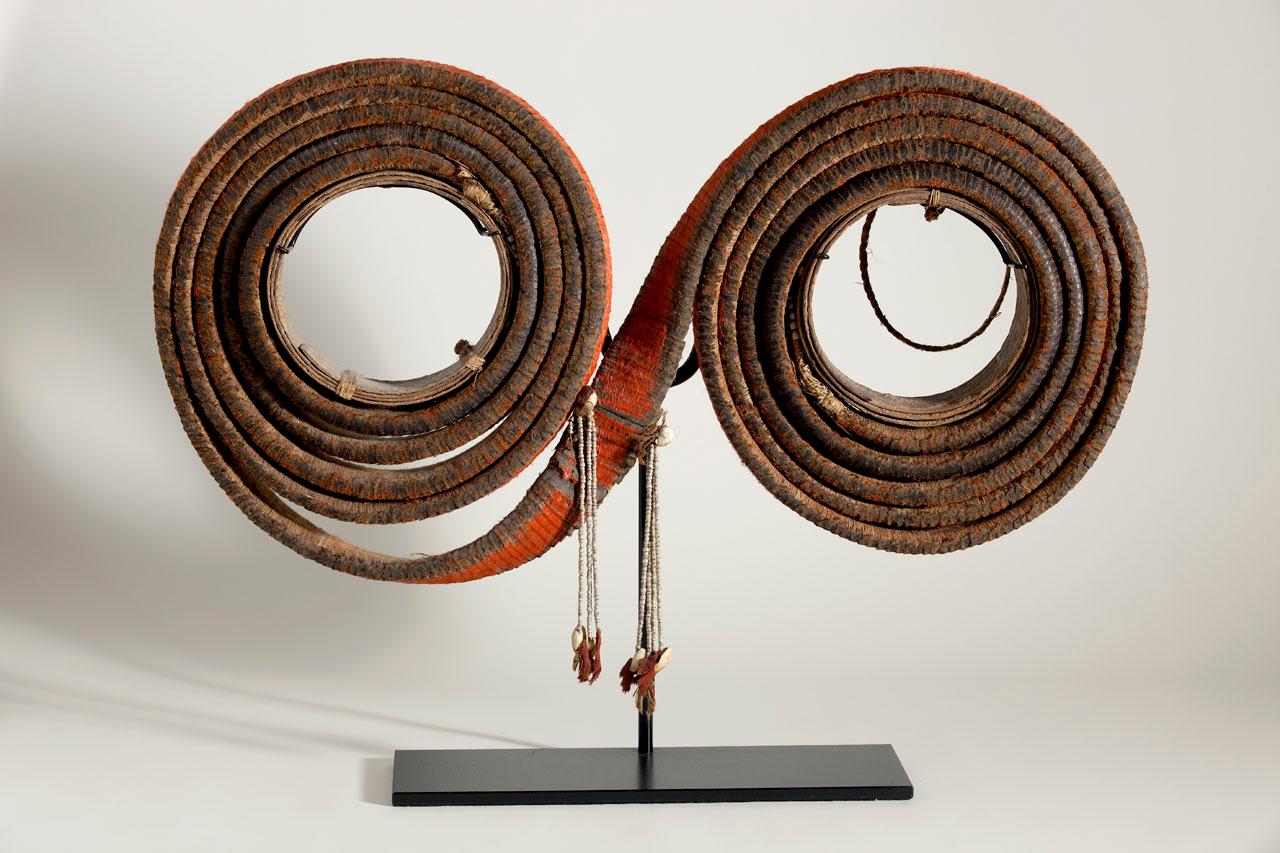Native American Art
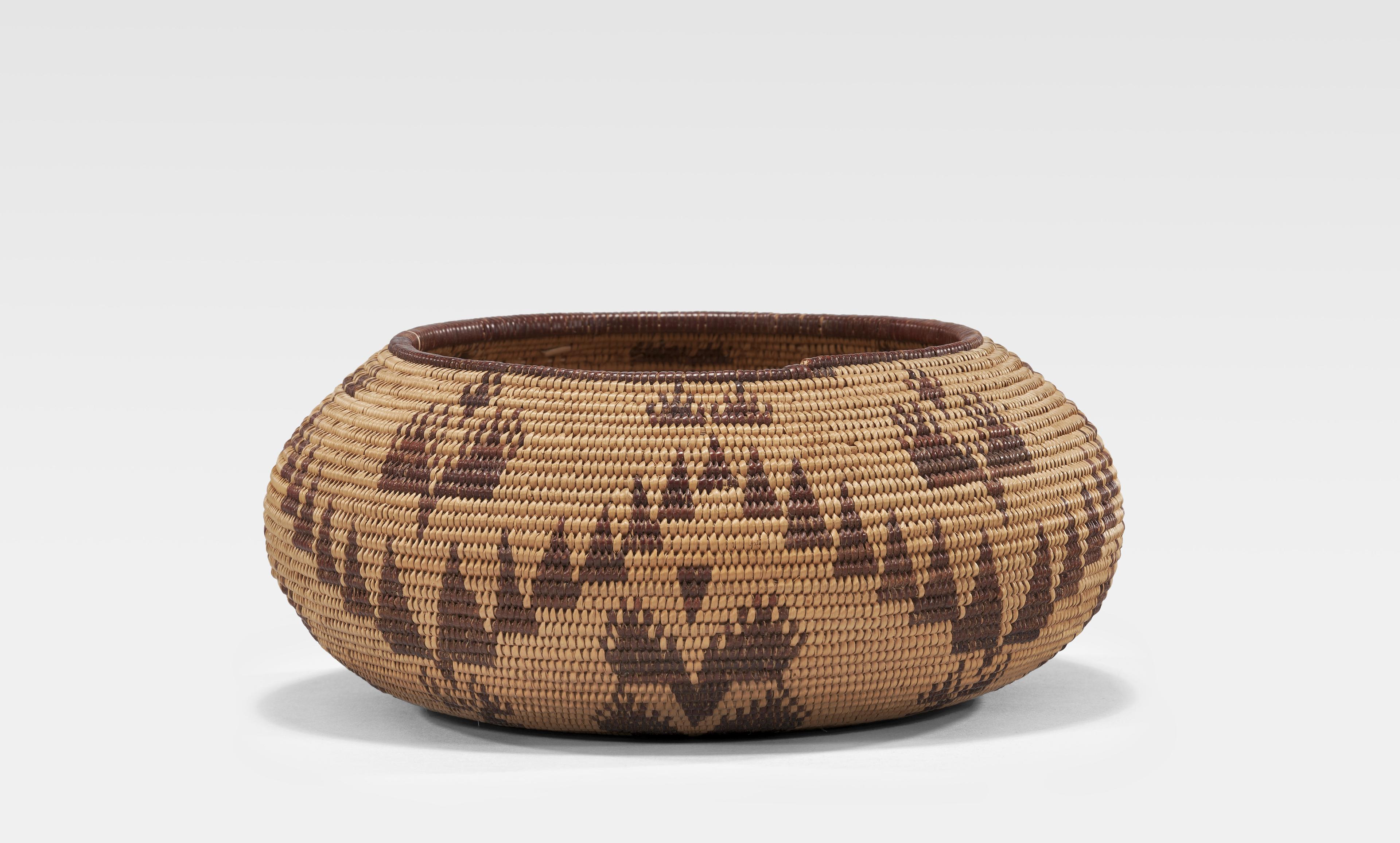
The Crocker’s collection of Native American art includes painting, sculpture, textiles, photography, ceramics, and multimedia objects highlighting the work of hundreds of artists from California and the American West. Pottery from the desert Southwest and baskets from California are particular strengths.
About the Native American Art Collection
The Crocker Art Museum has long exhibited and collected work by Native American artists from California and, more recently, other parts of the United States, especially the American West. Early in its history, the Crocker’s collecting activities in this realm were modest, though the Museum has maintained an active series of temporary exhibitions for many decades, both curated internally and borrowed from other institutions.
In 1985, the Crocker organized The Extension of Tradition: Contemporary Northern California Native American Art in Cultural Perspective, an exhibition that launched its collection of work by contemporary Native American artists. The show brought together many of the era's top talents, including George Blake, Dalbert Castro, Frank Day, Harry Fonseca, Jean LaMarr, Frank LaPena, Brian Tripp, Franklin Tuttle, and others, with works by many of these artists subsequently added to the Crocker's collection. In the years that followed, additional examples by Dugan Aguilar, Judith Lowry, Fritz Scholder, Allan Houser, Jaune Quick-to-See Smith, and others added breadth and diversity to the collection.
The pace of collecting increased after the 2010 opening of the Museum’s Teel Family Pavilion, and today hundreds of works by Native American painters, sculptors, potters, basket-makers, and photographers—past and present—enrich the museum’s collection. These pieces are varied in media and represent a broad geographic region, with examples including glass sculpture by Preston Singletary (Tlingit), textiles by Marie Watt (Seneca), photography by Wendy Red Star (Crow), pottery by Diego Romero (Cochiti), and basketry by Shan Goshorn (Eastern Band Cherokee).
Among the earliest examples of Native American art in the Crocker’s collection are baskets from California, the Museum housing some 150, most from Northern California and made by women whose names are unknown today. California Indian baskets range from simple, everyday baskets to elaborate pieces made for use in special ceremonial and social occasions. Though some of the baskets in the Crocker’s collection were made for use, many others were made for sale to non-Native people, who by the early part of the 20th century had begun to acquire them as works of art.
Such was also true of Native pottery from the desert Southwest, a strength of the Crocker’s Native American collection. Though the names of earliest potters have been lost to history, the Crocker’s collection focuses on artists from the late 19th century to the present, who made their pottery to be sold and signed it. These artists passed their skills from generation to generation, a tradition that continues to this day. Three of today’s best-known ceramic families—Nampeyo (Hopi-Tewa), Martinez (San Ildefonso), and Tafoya (Santa Clara)—are represented at the Museum by up to six generations of ceramists. As artists drew inspiration from their ancestors, they also expanded upon established traditions and, like Native American artists working in other regions and media, have increasingly addressed issues of identity, politics, and injustice. Many have also broadened their focus beyond their own region to deal with universal themes that have become increasingly multilayered and rich.
